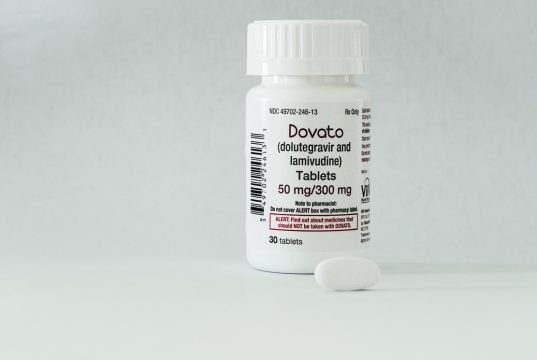Advertisment
ESC 2012 Report – Low rates of stent thrombosis similar for zotarolimus – and sirolimus-eluting stents: The PROTECT study
by Bruce Sylvester – Researchers from the PROTECT(Patient Related OuTcomes with Endeavor versus Cypher Stenting Rates) study reported at ESC that rates of stent thrombosis at three years for zotarolimus-eluting and sirolimus-eluting stents were low and similar.
As background, investigator and presenter William Wijns, MD, co-director from the Cardiovascular Center in Aalst, Belgium, noted that the drop in rates of stent thrombosis in PROTECT probably due to several factors, including “improvements in patient selection, procedural techniques, and duration of and compliance with dual antiplatelet therapy.”
He also noted that safety concerns related to drug-eluting stents (DES) had emerged at the ESC Congress in 2006 when studies found that DES had a higher risk of stent thrombosis than bare-metal stents. The investigators designed PROTECT to analyze prospectively the safety of two DES with different antiproliferative properties.
PROTECT is the largest open-label, randomized DES study to date.
The researchers compared zotarolimus-eluting (E-ZES) and sirolimus-eluting (C-SES) stents in a variety of patients and lesions, including stable and acute coronary syndrome and single or multi-vessel disease, and with a mix of simple and/or complex lesions.
The primary outcome of the study was definite or probable stent thrombosis at three years. Secondary outcomes included mortality and large non-fatal MI.
PROTECT investigators randomized 8,709 subjects equally into each cohort and, for the primary endpoint, followed them up to three years.
Dual antiplatelet therapy (DAPT) was used in 96.5% patients at discharge, 87.8% at one year, 36.6% at two years, and 30.0% at three years.
They found no significant difference in the rates of definite or probable stent thrombosis between cohorts (1.4% for E-ZES and 1.8% for C-SES; HR 0.81, 95% CI 0.58-1.14, p=0.22).
They found similar rates of death and large non-fatal MI for both stents (5.3% vs 6.0%; HR 0.88, 95% CI 0.73-1.05, p=0.16).
When DAPT use was over 85% in the C-SES cohort, the investigators found a low incidence of definite stent thrombosis one year. They found a more than three-fold increase in the incidence of definite stent thrombosis per year in the C-SES cohort when DAPT use decreased to less than 40%.
In the E-ZES cohort, incidence of definite very late stent thrombosis decreased two-fold after one year, in spite of decreases in DAPT regimen. Wijns said that this finding was consistent with the hypothesis that long-term clinical relevance of DAPT use might vary by stent.
In their follow-up to five years, PROTECT investigators will study whether rates of ‘definite’ as well as ‘definite or probable’ stent thrombosis diverge more between the two stents and whether differences have any significant clinical implications.
The PROTECT study was sponsored by Medtronic.





